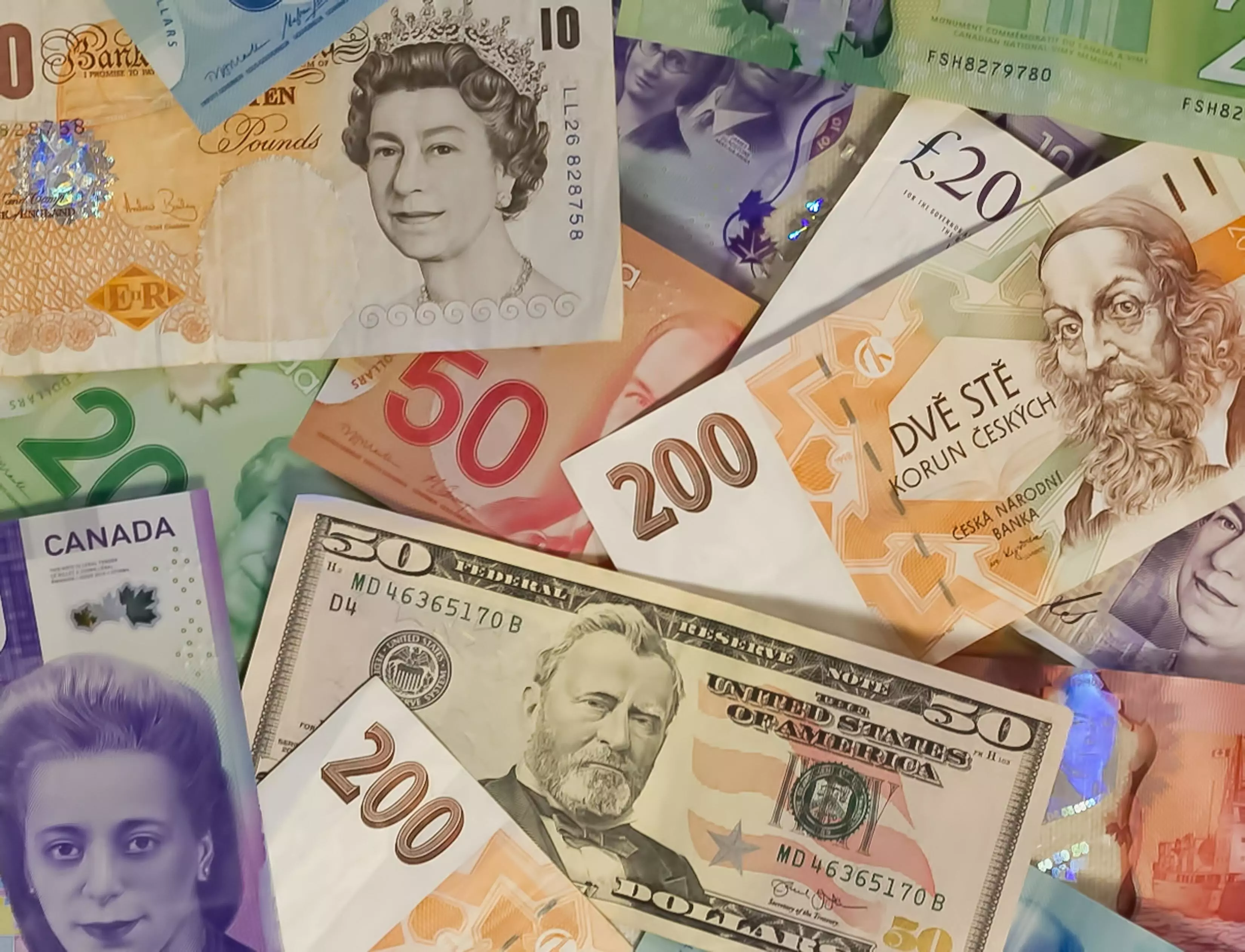Reassuring rebound

India's foreign exchange reserves have witnessed an uptick after weeks of decline, rising by USD 1.51 billion to reach USD 658.09 billion in the week ending November 29. This modest increase has come after eight straight weeks of declines that pushed reserves to a multi-month low. It may be recalled that just a couple of months ago, in September, these reserves had peaked at an all-time high of USD 704.89 billion—only to slip in subsequent weeks as the Reserve Bank of India (RBI) intervened in currency markets to stabilise the rupee.
It must be noted that foreign exchange reserves act as a crucial shield for the economy, helping it withstand global economic shocks and ensuring that India, or for that matter any other country, can meet its import needs, even in turbulent times. The recent recovery of reserves is indicative of the RBI’s efforts to strike the much-needed balance between stabilising the rupee and maintaining enough reserves to retain economic strength. Lately, the central bank likely sold dollars from its reserves to prevent a sharp fall in the rupee, which recently touched a record low against the US dollar. This intervention is a strategy that the RBI employs to reduce volatility and maintain investor confidence. When the rupee weakens too quickly, it can cause panic among investors and businesses—leading to a chain reaction of economic instability. At the same time, the central bank refrains from targeting a specific exchange rate, allowing market forces to play their role while stepping in to curb excessive swings. India’s reserves consist mainly of foreign currency assets, which now stand at USD 568.85 billion. These assets are influenced by changes in the value of major global currencies. Gold reserves form another important part, currently valued at USD 66.98 billion, though they dipped slightly in the latest data. Additionally, smaller components like Special Drawing Rights and India's reserve position with the International Monetary Fund add to this financial buffer. Together, these reserves provide India with the confidence to handle external shocks, especially in times of global uncertainty.
Reassuringly, the reserves are currently sufficient to cover about a year’s worth of imports—a measure often used to assess a country’s financial strength. However, the ongoing reliance on reserves to manage currency stability has its limits. Depleting reserves too quickly could make the economy vulnerable to external risks such as sudden spikes in oil prices or shifts in global investor sentiment. India’s journey with forex reserves has been nothing short of remarkable. A decade ago, the rupee was one of the most volatile currencies in Asia. Through strategic interventions, the RBI has transformed it into one of the most stable, making Indian assets more attractive to global investors. However, the challenges remain. Unlike export-driven economies like China, India depends heavily on foreign investment inflows to build reserves, making it more susceptible to global market trends. The slight recovery in reserves is encouraging, but it also serves as a reminder of the careful balancing act required to maintain economic stability. Strengthening exports, reducing reliance on imported goods, and attracting more stable foreign investments will be key to ensuring that reserves grow sustainably over time.



